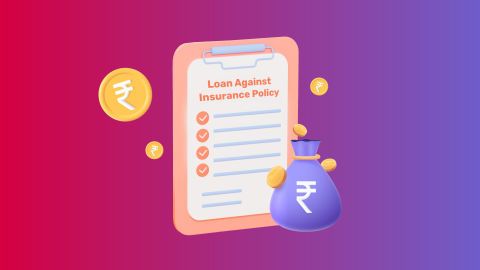Types of vesting: Time-based and performance-based
Vesting schedules vary by company, but they generally follow two common structures:
- Time-based vesting: You earn benefits over time, typically in equal yearly or monthly portions. For instance, an employee might vest 25% of their stock options each year over four years.
- Performance-based vesting: Here, your ownership depends on meeting specific performance goals, such as achieving sales targets, project milestones, or profit levels.
Some companies also use a combination of both methods, balancing loyalty and performance incentives.
Cliff period: Definition and importance
A cliff period acts as a “trial phase” for both the employee and the company. It ensures employees stay long enough to prove their commitment before earning ownership benefits.
If an employee leaves before the cliff ends, they forfeit all benefits. This system protects companies from granting equity to short-term hires and helps them evaluate long-term fit and contribution.
Typically, a cliff period lasts between one and two years, depending on company policy.
How cliff period works in stock options
Let us understand this with a simple example.
Imagine you are granted 1,000 stock options with a four-year vesting schedule and a one-year cliff. After the first year, 25% (250 options) become eligible for vesting. The rest vest gradually over the next three years.
If you leave before completing the first year, you lose all 1,000 options. Once the cliff ends, you start owning a portion of your shares regularly.
This structure keeps employees motivated to stay and contribute meaningfully through the initial phase.
Differences between cliff period and vesting period
| Criteria |
Cliff Period |
Vesting Period |
| Definition |
A specific waiting period before vesting begins |
The total time over which an employee earns benefits |
| Forfeiture |
Employee forfeits all benefits if they leave |
Employee forfeits unvested benefits upon leaving |
| Duration |
Typically 1-2 years |
Varies, can last several years |
| Purpose |
Ensures employee commitment for a minimum time |
Rewards long-term service and performance |
For further understanding, explore the meaning of the vesting date.
Why companies use a cliff period in vesting schedules
Companies introduce cliff periods for two main reasons to retain talent and to evaluate performance. It’s a safeguard ensuring that rewards go to those who contribute meaningfully and plan to stay long-term.
This approach benefits both sides employees get valuable ownership after proving commitment, and companies build stable, loyal teams.
Example of cliff period and vesting schedule
For instance, an employee is granted 1,000 stock options with a 4-year vesting schedule and a 1-year cliff. After the first year, the employee vests 25% of the options (250 shares). After that, they vest an additional 25% each year for the next three years. If they leave before the cliff period ends, they forfeit all 1,000 options. After the cliff period, their remaining shares vest according to the regular schedule.
How cliff and vesting impact employee wealth?
Both the cliff period and vesting period play a huge role in long-term wealth creation. As your shares vest and appreciate, they turn into a valuable financial asset.
You do not need to sell your shares to access liquidity. With ESOP financing, you can raise funds against your vested shares while keeping your ownership intact perfect for meeting personal or professional goals.
Conclusion
Both cliff periods and vesting periods form the backbone of employee ownership and reward systems. They encourage loyalty, offer wealth-building opportunities, and align employee growth with company success. Understanding these terms helps employees plan their financial future better and make smarter decisions about their stock options. And when you need funds, an ESOP loan lets you unlock liquidity without losing your stake keeping your ownership and goals intact.
Empower your future with ESOP financing stay invested, stay in control. Apply now!





